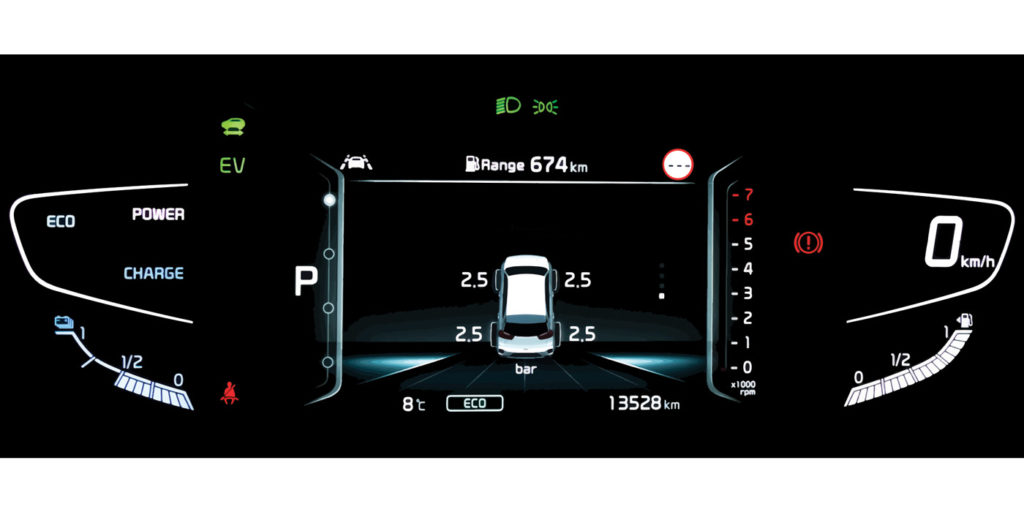 What information is contained in a TPMS signal?
What information is contained in a TPMS signal?
A typical wheel-mounted TPMS sensor will transmit data about tire pressure and temperature. Newer, tire-mounted models can also gauge acceleration and, in some cases, the direction that the wheel is spinning. Some systems display tire pressure by location on the instrument panel, but most do not. Some systems will also transmit battery life information.
How often is a sensor transmitting information?
This varies among manufacturers, but generally, sensors have different settings while parked and while in motion. In rolling mode, sensors transmit, on average, once every 30-120 seconds. While parked or in stationary mode, depending on the manufacturer, sensors may transmit periodically or when a pressure change is detected. If there is a slow leak, it will be ready to display on the dash when the car is started. In the event of rapid air loss, most sensors go into an alert mode that increases the number of transmissions to deliver a swifter warning.
Are TPMS sensors able to report on the status of their battery life?
This depends on the TPMS sensor. There are some models that can send a signal to indicate reduced battery voltage if it goes beyond a specified limit, but not all sensors send such a signal. For instance, cold temperatures can cause a temporary voltage reduction that only corrects itself once the tires warm up. The only proven way to know how much battery life remains is to fully use the sensor to depletion.
But a report on a sensor’s battery life might not be necessary anyway because these batteries have shown to have a fairly long shelf life. Road hazards and environmental decay are much bigger factors in sensor life than battery depletion, which underscores the need for proper service of TPMS sensors. Be sure to replace the wear items – the valve core, assembling nut, seal and dust cap – when necessary.
What signals from inside the shop can interfere with TPMS signals?
Direct TPMS uses radio signal technology and is prone to interference. The majority of TPMS sensors are activated with a low frequency (LF) signal (125 KHz). This LF signal varies from vehicle to vehicle (some require more power than others) and forces the sensor to transmit. The TPMS sensors then transmit information and communicate via a UHF signal (314.9-433.92 MHz). Anything transmitting in this range, or anything that would block a radio signal. But interference isn’t too common, overall, and requires the interference source to be within close range and remain constant for a period.
Just be aware that if there is interference, especially inside the shop, moving the vehicle outside (or even sometimes another foot or two if the caliper is causing the interference) is usually enough to clear things up.














